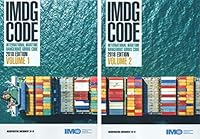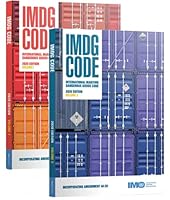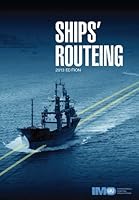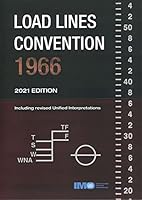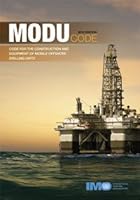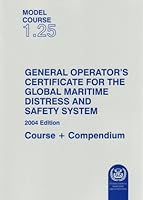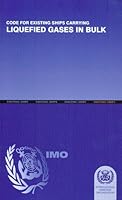Foundations of Analysis
Select Format
Select Condition 
You Might Also Enjoy
Book Overview
Unified and highly readable, this introductory approach develops the real number system and the theory of calculus, extending its discussion of the theory to real and complex planes. 1991 edition.
Format:Hardcover
Language:English
ISBN:080781749X
ISBN13:9780807817490
Release Date:December 1987
Publisher:University of North Carolina Press
Length:601 Pages
Weight:2.46 lbs.
Dimensions:0.1" x 6.0" x 9.0"
More by Imo
Customer Reviews
5 customer ratings | 5 reviews
There are currently no reviews. Be the first to review this work.
































